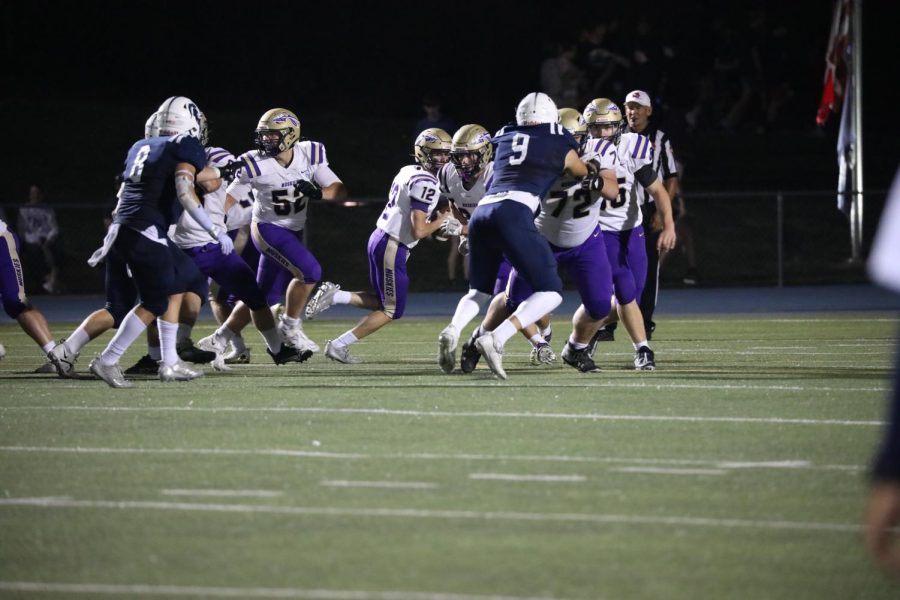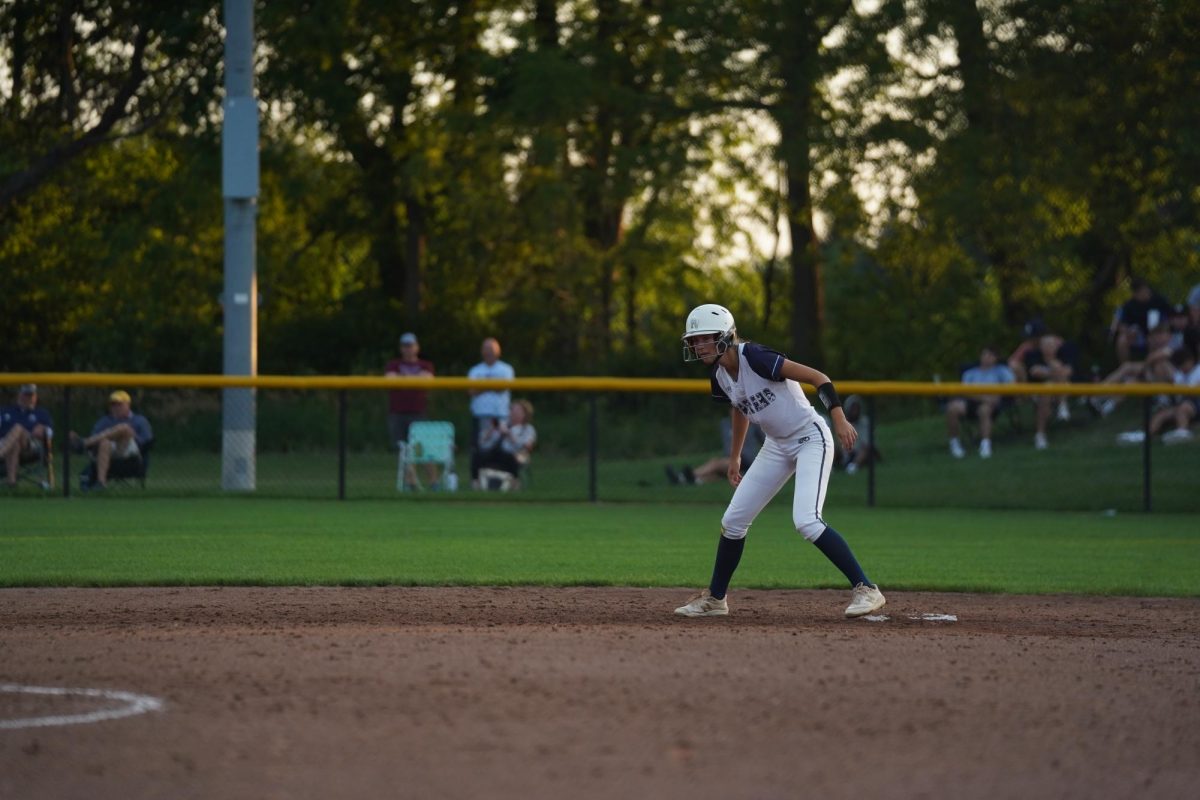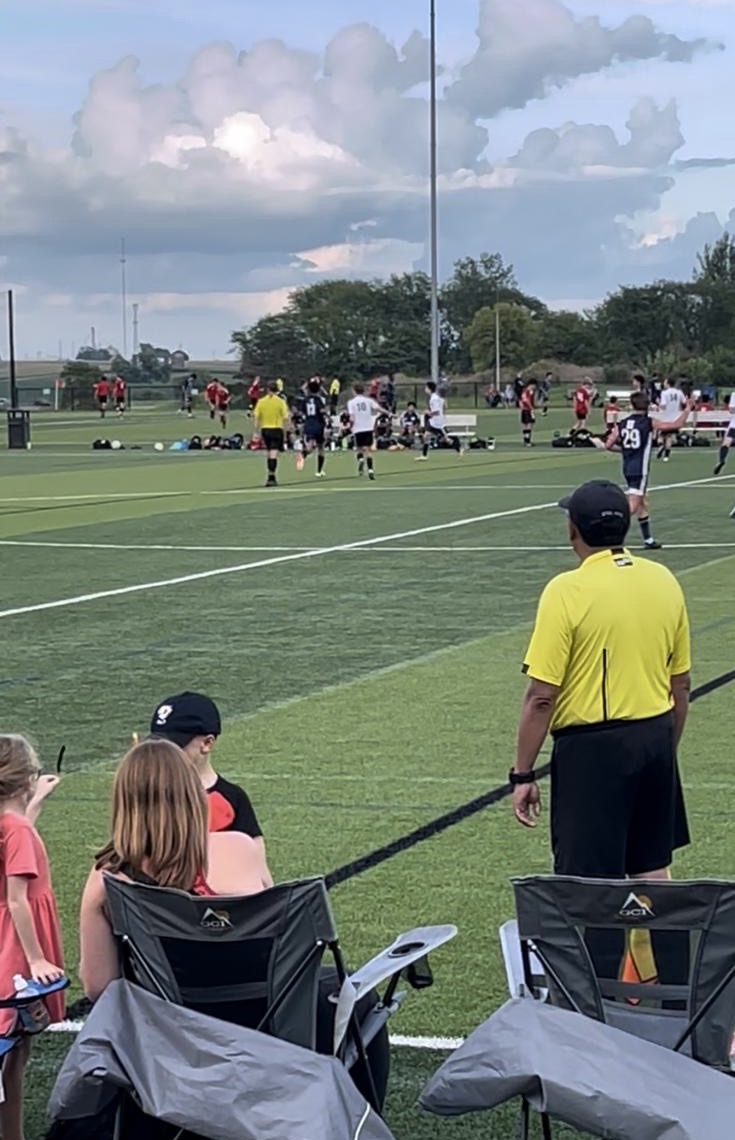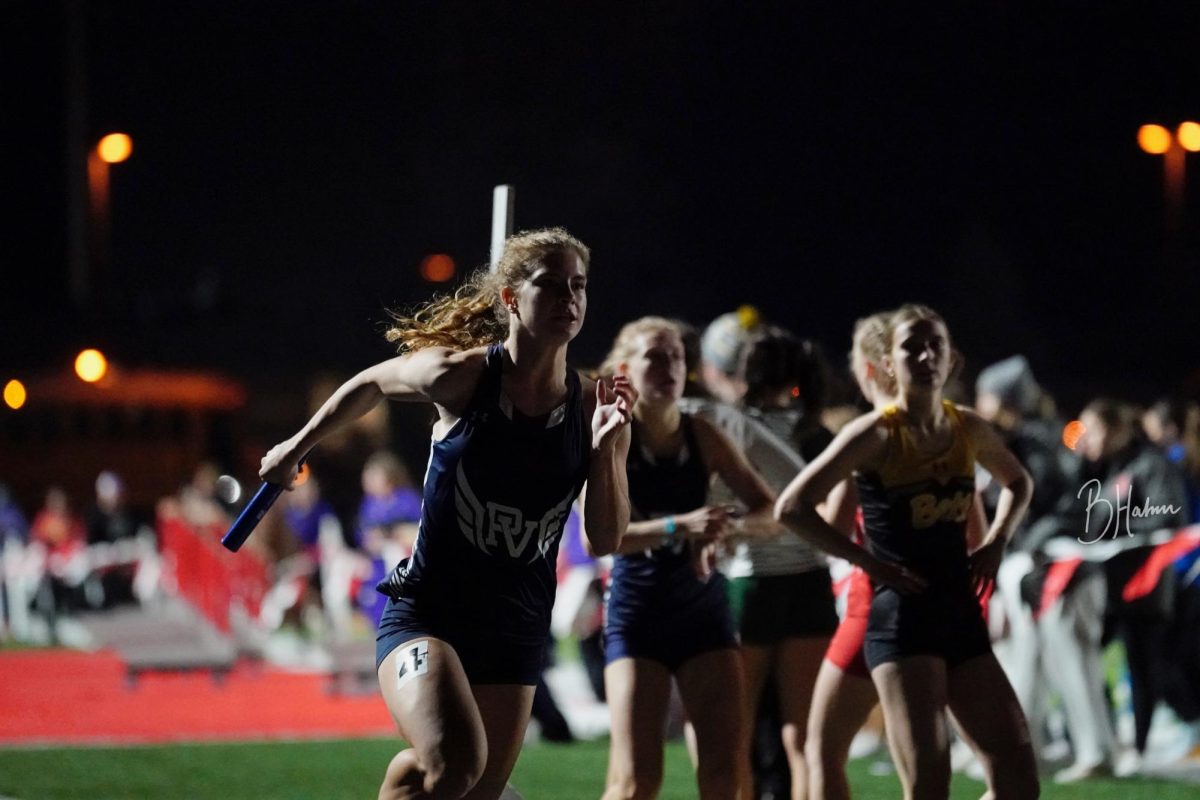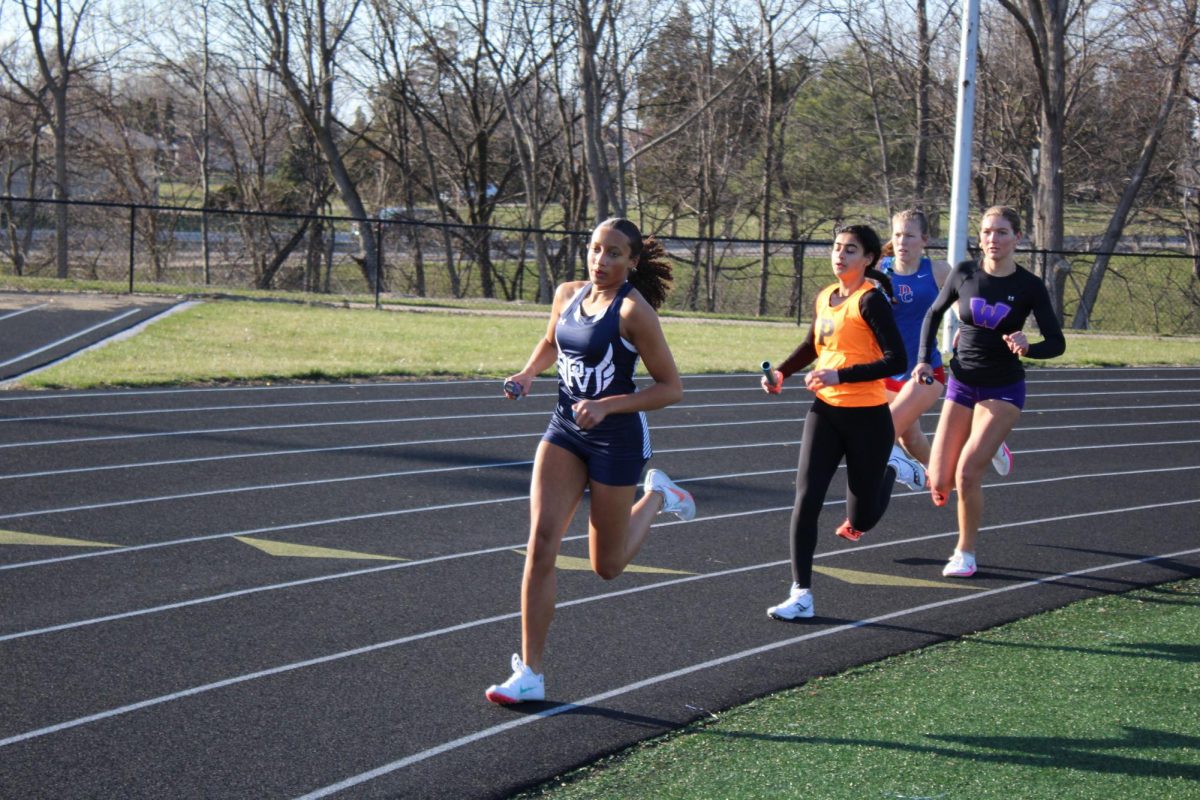College application season is here, posing questions about paying for post-secondary education. Parents and students scour for scholarships. However, not all quests for scholarships begin during high school.
The competitive quest for athletic scholarships begins as early as pre-school–but few students will see this hope fulfilled a decade later.
There has been a significant increase in participation in club sports as parents try to maximize the time their child spends on the court or field. The youth sports industry has grown 55% since 2010, leading to a market valued at $15.3 billion. Parents spend countless dollars to boost their children’s chances for success in a particular sport. Private lessons, equipment, travel and uniforms lead to a hefty bill for involved families.
Many seek athletic scholarships, but few are chosen.
Andrew DePaepe, a Pleasant Valley High School football senior and Michigan State commit, is one of the rare cases of a full-ride athletic scholarship. The road to success is never easy.
“I set small goals along the way and never lost motivation. I worked hard every day and made it my job to be good,” DePaepe shared.
From college football to the National Football League, football is rooted in American culture. Colleges and universities give more scholarships for football than any other sport. Division I college football teams can offer 85 football scholarships to male athletes, whereas women’s soccer athletes are offered 14 scholarships per team, however the number of scholarships given to male and female athletes remains the same.
Football produces the most revenue for schools. Rusty VanWetzinga, a former Pleasant Valley softball coach and the current Pleasant Valley High School football head coach states, “When it comes to football, in most cases, both HS and college, the sport that brings in the most money for schools is the football program. This is not a knock on any other sport; I’ve played them all. It’s just the reality of it.”
The egregious number of scholarships given to prospective football players creates a dilemma for other male student-athletes from less renowned sports: chances are, they won’t receive a scholarship.
Title IX of the Educational Amendments of 1972 seeks equal opportunity for male and female student-athletes. VanWetzinga supports equal opportunities for female athletes but acknowledges some aspects of Title IX are flawed. “Sometimes with Title IX, schools, instead of adding a female sport, would often eliminate a low revenue male sport, such as wrestling, baseball, or men’s swimming, which is upsetting for those athletes because you are taking away an opportunity,” VanWetzinga said.
The University of Iowa and other universities across the country provide the same scholarship opportunities for male and female athletes. With football being such a substantial industry, it usually takes the vast majority of male scholarships and contributes to fewer male sports at a Division I level.
Iowa State University offers ten female sports and six male sports. The University of Iowa offers 13 female sports and seven male sports. These universities add more women’s sports and cut male sports to offer the same number ofscholarships to male and female athletes.
These factors influence prospective students’ decisions on which school to attend. Along with sports participation, scholarships are not the only financial factor to be considered.
Before June 2021, college athletes could not receive compensation for their “image and likeness.” This has changed in a recent court case in the Ninth Circuit upheld by the Supreme Court. Athletes can receive payment for their image and likeness as members of college sports teams.
Now that college athletes can be paid while playing in college, another layer of complexity is added to the deciding factor of where athletes go to school. However, if prospective athletes seek financial assistance, the more probable path is through academic excellence.
Erik Belby, head coach of Pleasant Valley boys cross country and track stated, “In general, there are far more dollars out there for academics than there are for athletics.” The Department of Education grants $46 billion in scholarships alone.
The lengths parents will go through to expand the chances of their child’s success continues to increase. Due to the limited number of sports and the distribution requirements of sports scholarships, academics provide a less time-and money consuming route of merit aid.


